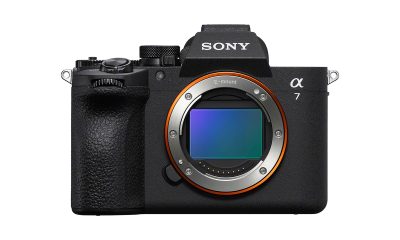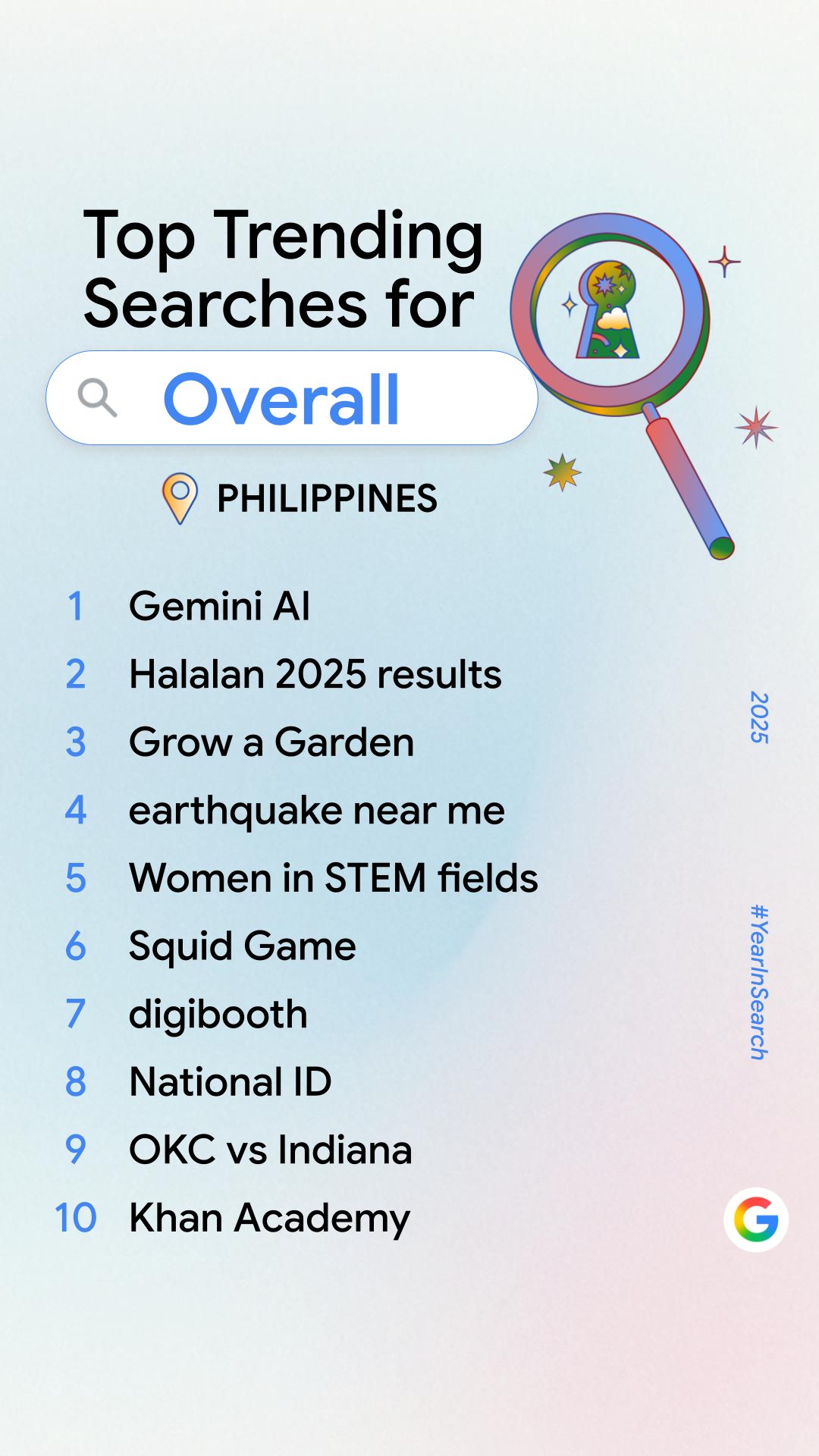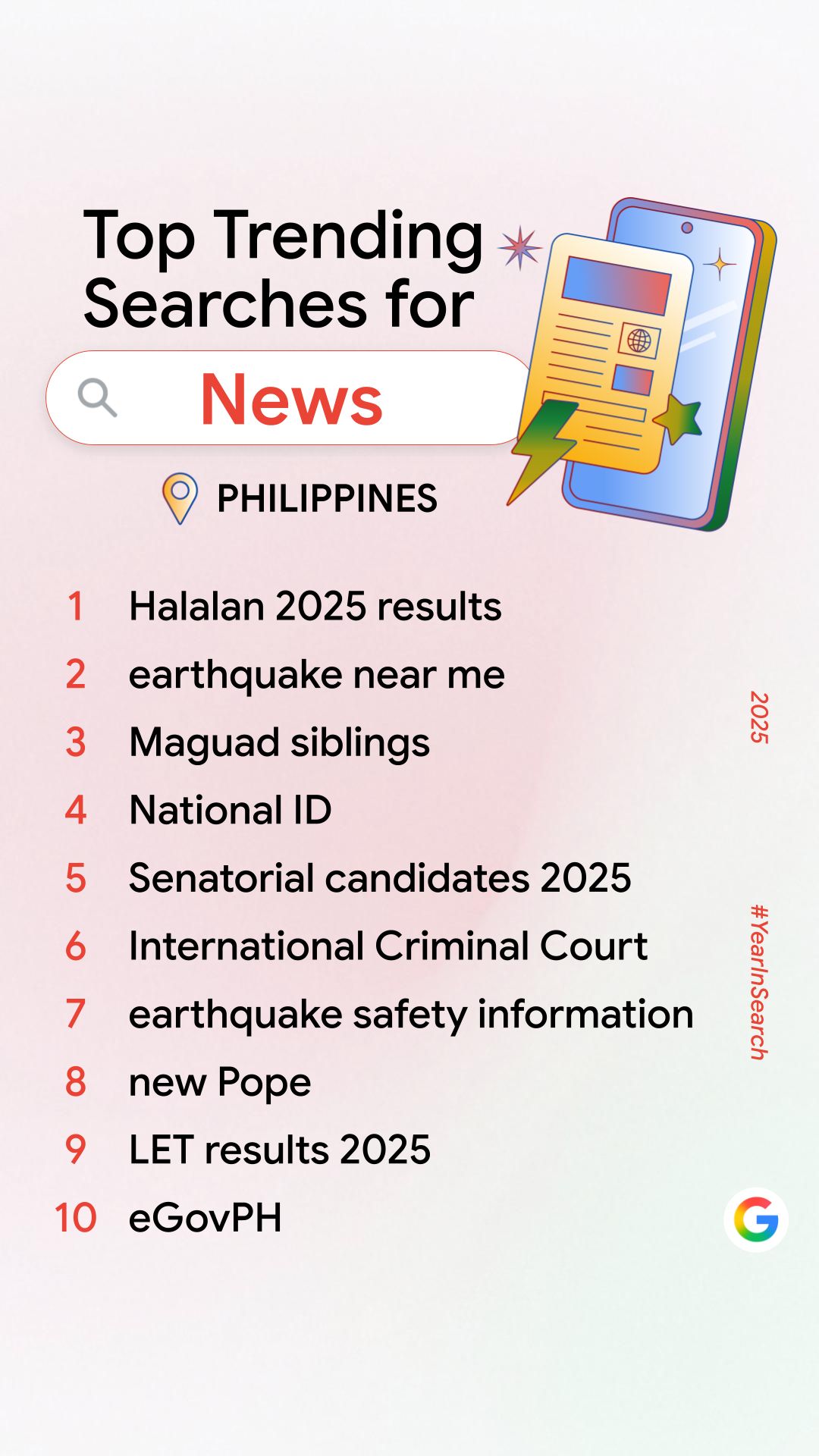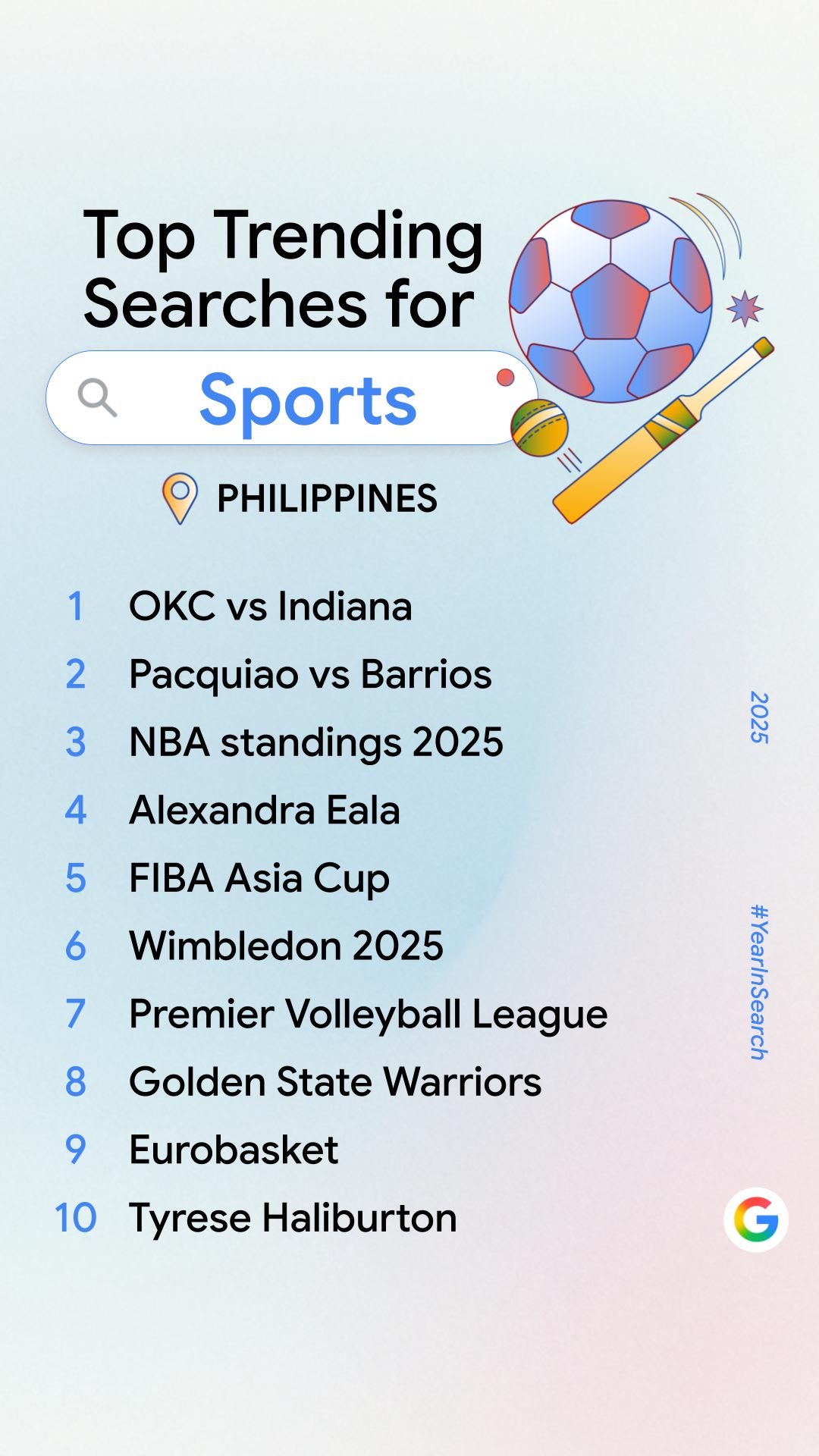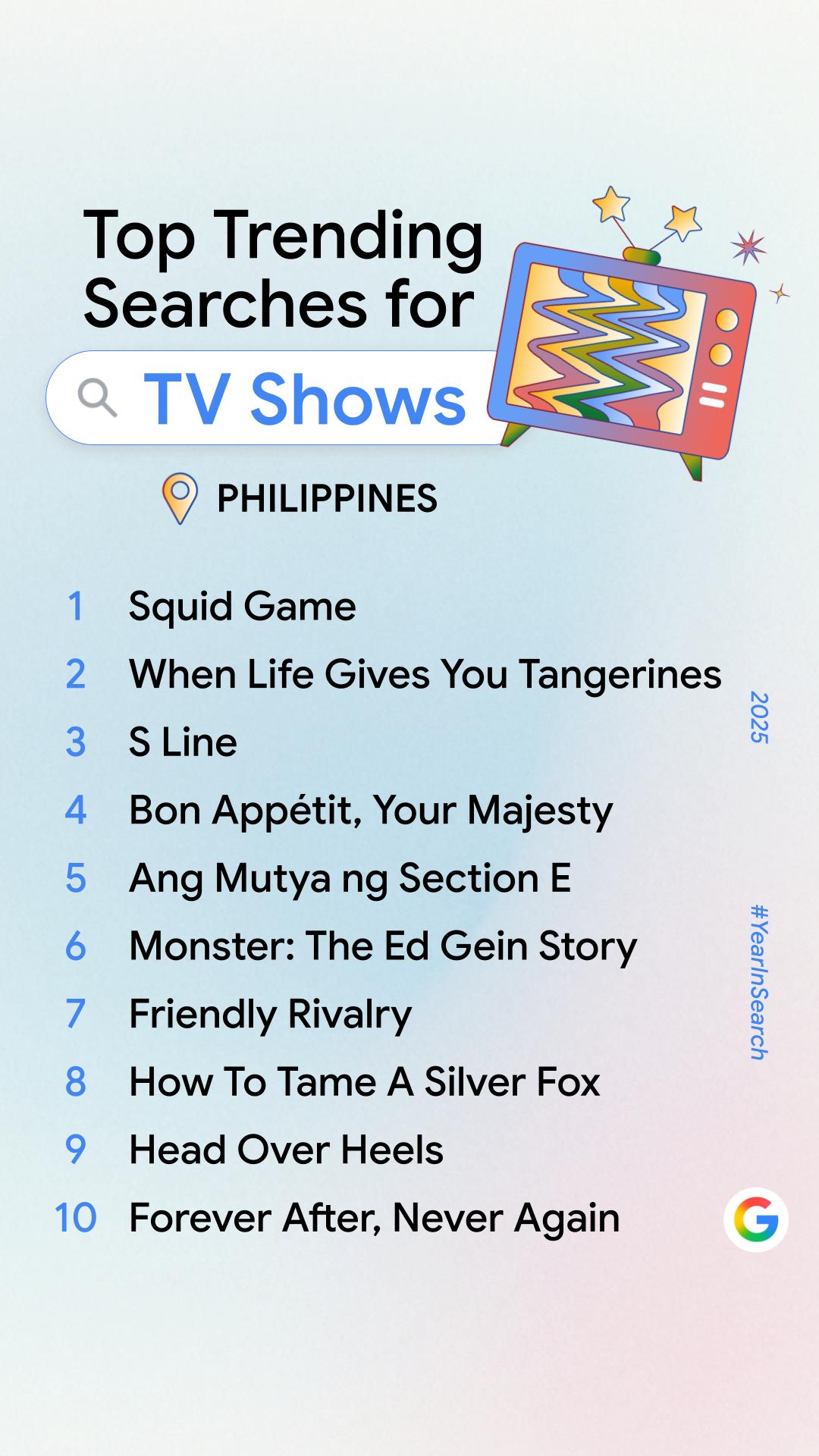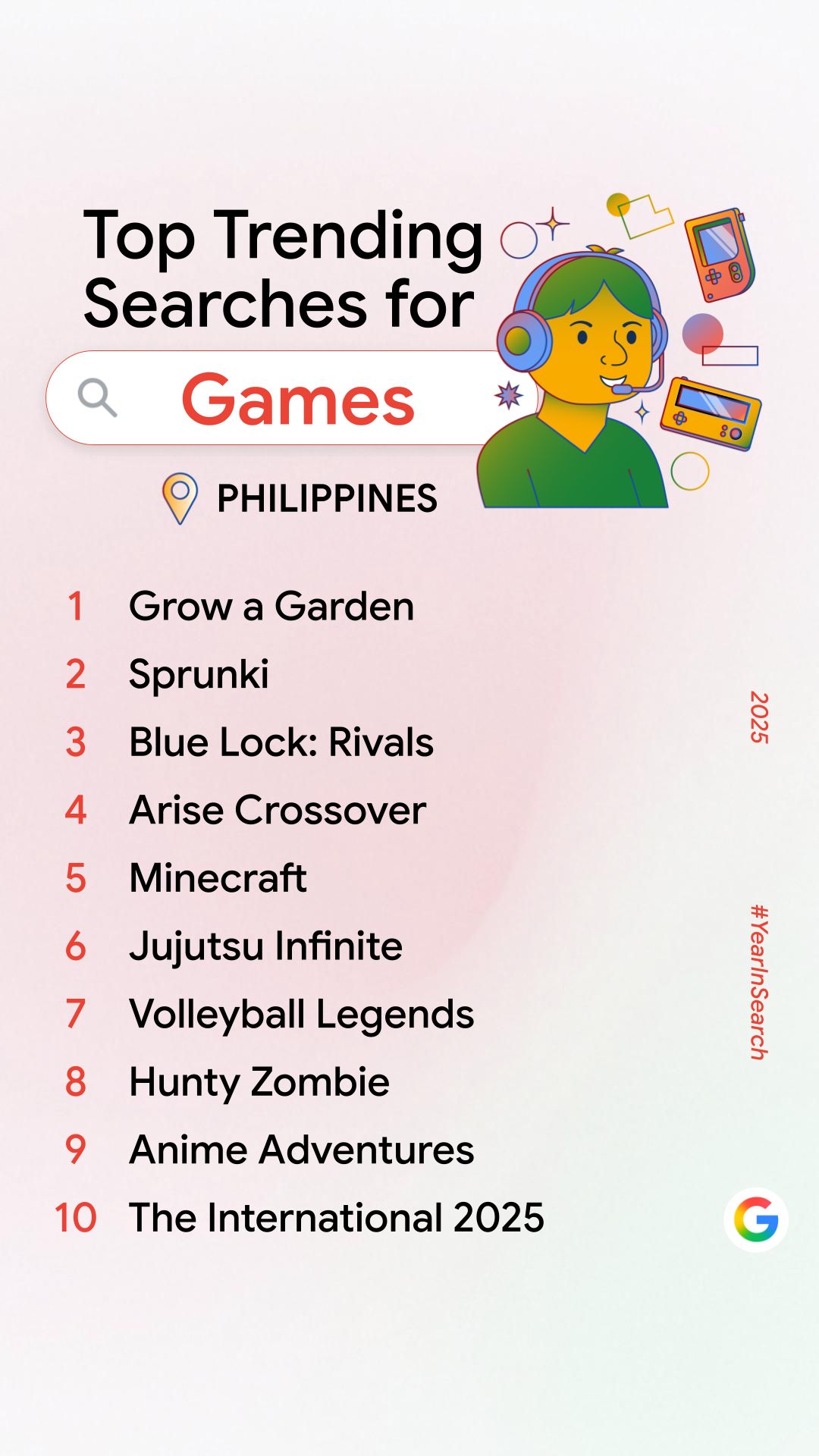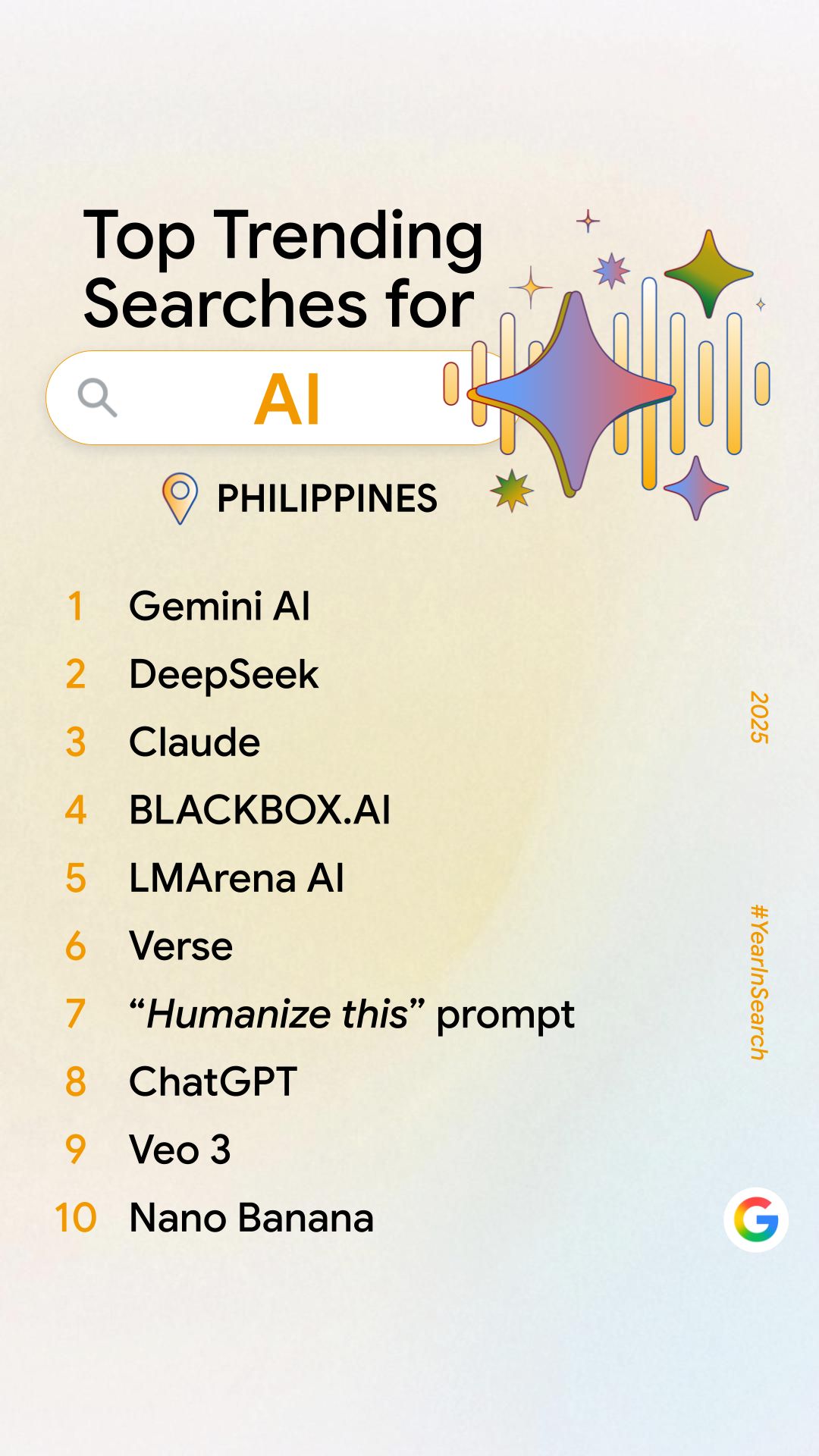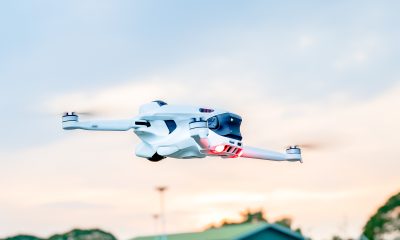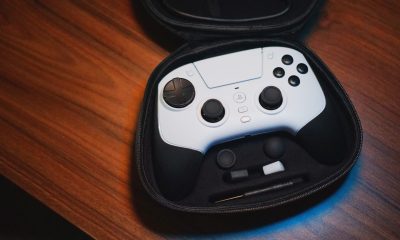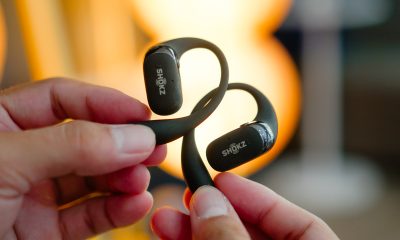News
Sony updates their midrange lineup with the Xperia 10 II
No Plus version anymore
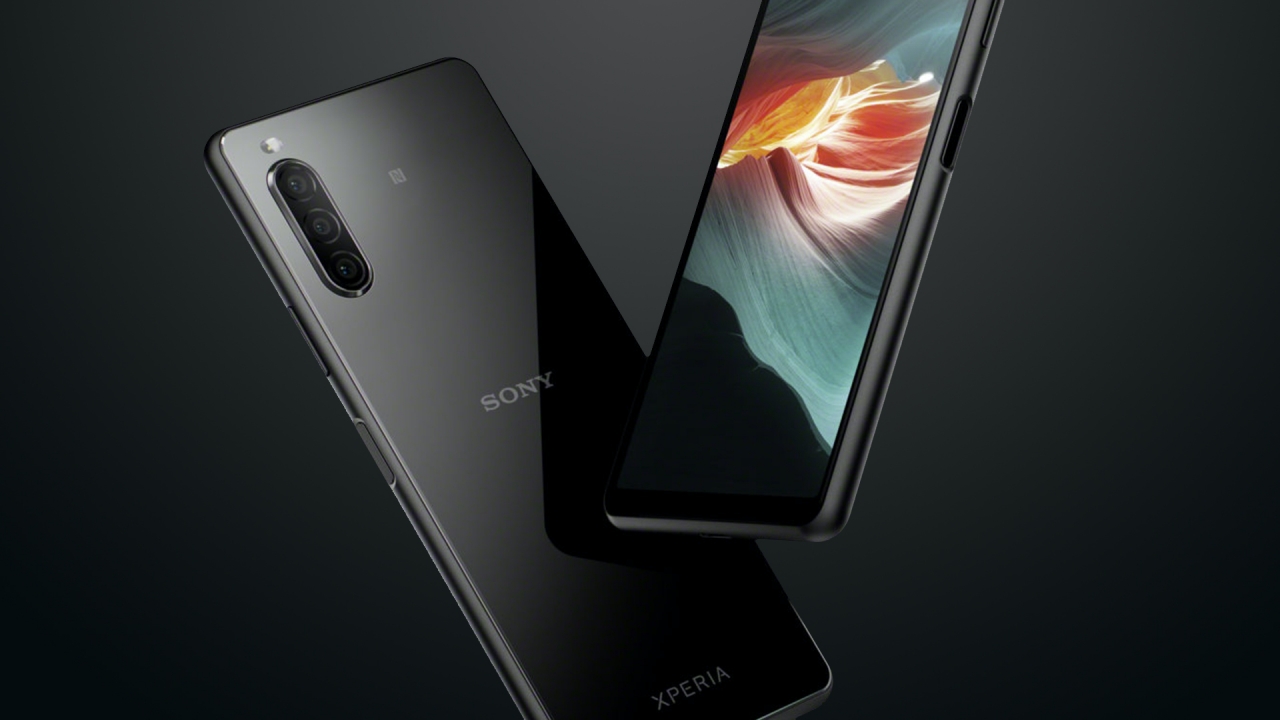
Other than the Xperia 1 II and Xperia Pro, Sony also refreshed their midrange lineup with the new Xperia 10 II. As opposed to last year’s Xperia 10, they ditched the Plus version this time.
Same form factor with some caveats

Image by GadgetMatch
Sony’s newest midrange smartphone doesn’t have the latest midrange chipset from Snapdragon. Instead of having the 765 chipset, you’ll get the 665 instead which doesn’t support 5G. Thus, still relying on 4G support. RAM is still limited to 4GB just like last year’s Xperia 10.
The onboard storage is still limited to 128GB. However, expect storage expandability with microSD (which uses a shared SIM slot just like the old Xperia 10 series).
Still new, nonetheless
Unlike the Xperia 10 with plastic back and frame, it’s now sandwiched with two Gorilla Glass 6 for added durability. Another added layer of protection is the inclusion of IP65/68 rating — something the old midranger doesn’t have. For security, it still relies on the side-mounted fingerprint sensor.
It might still have a 6-inch Full HD+ display, but Sony has decided to replace last year’s IPS LCD to OLED panel. Paired with BRAVIA technology, it now produces deeper blacks and vibrant colors. The 21:9 CinemaWide ratio is still there for a cinematic audiovisual experience.

Image by GadgetMatch
Say goodbye to the centered dual-camera setup. Just like its flagship sibling, you’ll get a triple-camera system placed on the upper left corner. Other than the 12-megapixel main shooter, there are two 8-megapixel cameras for zoom and super-wide shooting. The telephoto lens is capable of two times optical zoom. You can still record 4K videos in 30p. Meanwhile, the selfie camera remains with an 8-megapixel sensor.
Battery capacity is rated at 3600mAh from Xperia 10’s 2870mAh battery — which even beats the Xperia 10 Plus’ 3000mAh juice. There’s also the Xperia Adaptive Charging which helps prolong the phone’s battery life.
Just like the Xperia 1 II, it has an audio jack and runs Android 10 out of the box.
Pricing and Availability
The Xperia 10 II with 4GB and 128GB configuration will retail at EUR 320 (approximately US$ 347). It only comes in black and white color options.
According to a French press release, it will be available by “spring” (around March) but Dutch and Bulgarian press releases suggest “end of spring”, which is around May.
Update as of 05/04/2020: It has already launched in Taiwan and the phone is now available for pre-order in Europe. It’ll cost £319 in the UK and for €369 around Europe, directly translating to around US$ 400.

News
OPPO Find X9 now available through Smart Postpaid, Infinity
OPPO’s latest flagship has triple Hasselblad cameras, more advanced features
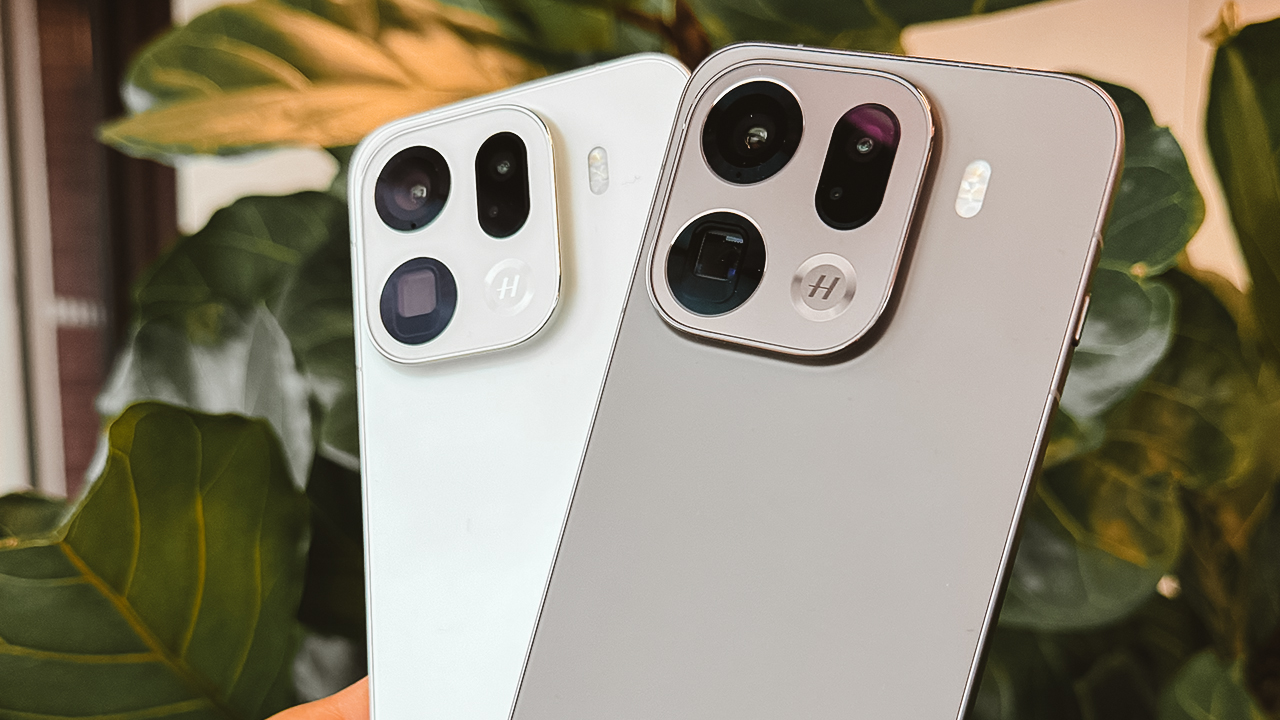
The flagship OPPO Find X9 is now available through Smart Postpaid and Smart Infinity plans for customers in the Philippines.
Subscribers can get the device through Smart Postpaid Plans+ 1999 and Smart Infinity Device Plans 5000/8000.
Here are the inclusions:
Smart Postpaid Plans+ 1999 (PhP 32,500 one-time cashout)
- 15GB data
- Unli 5G data for 12 months
- Unli AllNet Calls & Texts
- Unli Landline Calls
- Access to Smart Postpaid Perks
- Extra 30GB free data for 6 months
- Free Landers Premium Membership (for eligible subscribers)
- PhP 1,000 worth of shopping GCs (Dec. 6 to 12 only for new line)
Infinity Device Plan 5000 (PhP 7,200 one-time cashout)
- Unlimited data
- Unli calls and texts
- PhP 1,500 monthly consumables for in-app purchases, content subscriptions, more
- 1GB roaming for 5 days/month
- Personalized assistance
- 24/7 dedicated personal account manager
- More exclusive lifestyle perks and privileges
Infinity Device Plan 8000 (device is complimentary)
- Unli data, calls, and texts
- PhP 3,000 monthly consumables
- 2GB roaming for 7 days/month
- Personalized assistance
- 24/7 dedicated personal account manager
- More exclusive lifestyle perks and privileges
As an exclusive launch offer, in-store subscribers will also receive a complimentary DJI Osmo Mobile SE stabilizer.
The Smart website also shows that the Find X9 is bundled with a free Enco Buds3 Pro.
Flagship find
The OPPO Find X9 features a triple Hasselblad camera system powered by OPPO’s all-new LUMO Image Engine.
It has three 50MP cameras at the back — one rear, one telephoto, and one ultra-wide — as well as a 32MP front camera.
OPPO’s latest flagship handset is powered by a MediaTek Dimensity 9500 processor. It has a 16GB+512GB configuration and a massive 7,025mAh battery with 80W SUPERVOOC and 50W AIRVOOC charging.
In front is a 6.59-inch 120Hz AMOLED display with a remarkable 95.4% screen-to-body ratio, 1,800 nits HBM brightness, 100% DCI-P3, and 460ppi pixel density.
News
Google Year in Search 2025: NBA Finals, Halalan, Dionela, Alex Eala, more
Elections, AI, rising icons, sports, Korean series, more

Google has released its Year in Search 2025, revealing the trends and moments that shaped the online habits of internet users this year.
Specifically for Filipinos, Gemini AI topped the overall trending list. Just under that is “Halalan 2025 results”, as it is a mid-term general election in the country. It shows that Filipinos are still very invested in what’s going on as far as politics are concerned.
During the 2025 elections, citizens voted for 12 senators to elect into office, representatives from their legislative districts, as well as local positions in provinces, cities, and municipalities.
Netflix series Squid Game also made the Top 10 list at No. 6. Reflecting the Philippines’ unwavering love for basketball, “OKC vs Indiana” also made it to No. 9. The Oklahoma City Thunder, of course, beat the Indiana Pacers in seven games to hoist this year’s NBA title.
Curiously, Khan Academy also made it to the magic 10, pretty much implying that several Filipino professionals constantly have upskilling in their minds.
Alex Eala, Dionela rise
Moving on to more specific lists, Filipino tennis rising star Alex Eala was definitely a talk of the town this calendar year. She is the most searched female personality overall, topping the likes of Bea Borres, AJ Raval, Jessica Sanchez, and Mika Salamanca, to name a few.
She is also ranked fourth in the list of most searched sports terms, behind “OKC vs Indiana”, “Pacquiao vs Barrios”, and “NBA standings 2025”.
Interestingly, the Golden State Warriors are No. 8 on that list but the Los Angeles Lakers have not made an appearance in this year’s Top 10.
Meanwhile, for male personalities, Dionela is at No. 4 on a more diverse list which includes Andy Byron (No. 1), Ed Gein (No. 2), and even Department of Transportation and Communications (DOTr) Secretary Vince Dizon (No. 7) and Bronny James (No. 8).
Taylor Swift’s fiance, NFL star Travis Kelce (No. 9) and Kendrick Lamar (No. 10) wrap up the male personalities list.
OPM power
Dionela did make his presence felt on another list — Songs — where his famous track “Marilag” is at No. 2 behind Earl Agustin’s “Tibok”.
In fact, it’s a rather OPM-laden list, showing how invested Filipinos still are in their own music. There’s Cup of Joe’s “Multo” (No. 4) and even Ogie Alcasid’s “Nandito Ako” (No. 5) which has enjoyed quite a resurgence, thanks to social media and former American Idol runner-up David Archuleta even singing it during a recent music festival.
Trending social media hits “Gnarly” and “Opalite” by KATESYE and Taylor Swift, respectively, round out the most searched songs list.
Entertainment
And speaking of Filipino boxing legend Manny Pacquiao, Netflix’s Physical Asia is curiously missing from the most searched shows and series this year. Although, they are No. 9 in the more specific Top Korean Series list.
Just behind Squid Game are When Life Gives You Tangerines, S Line,and Bon Appetit, Your Majesty on both lists.
For movies, the term “Final Destination” is the most searched, thanks to the franchise’s sixth installment, Final Destination Bloodlines.
Horror/mystery movies have been quite impressive this year, with “Conjuring” referencing Conjuring: Last Rites and Weapons at No. 8 and No. 10, respectively.
Of course, Kpop Demon Hunters has likewise made noise, coming in at second. Superman took the third spot, while another superhero movie, Thunderbolts, is at fourth.
Farewells
For farewells, the passing of Meteor Garden female protagonist Barbie Hsu shocked a lot of Filipino fans — especially those who grew up watching the hit Taiwanese drama series from the 2000s.
The death of Emman Atienza, the daughter of TV personality Kuya Kim Atienza, also resonated deeply among younger audiences as she spoke candidly about mental health issues prior to her passing.
Among other top searches under the category are for Pope Francis (No. 3), celebrities Nora Aunor (No. 5), Gloria Romero (No. 6), Pilita Corrales (No. 10), and former Senate President Juan Ponce Enrile (No. 7).
AI-related
Lastly, when it comes to AI-related search terms, Filipinos continue to learn more about how AI can help their everyday lives.
Gemini AI comes in at first, DeepSeek is at second, while Claude rounds out the top three. There’s also ChatGPT (No. 8), Nano Banana (No. 10), and Verse (No. 6).
Enterprise
Netflix officially announces bid to acquire HBO, Warner Bros.
The deal might get inked by late next year, at the earliest.

As of late, Warner Bros. became the hottest property in the world of entertainment. Despite efforts to revitalize the brand among audiences, Warner Bros. Discover, as the bigger company is known, has decided to put itself up for sale. Of course, there were a lot of potential contenders. Last month, rumors swirled that Netflix might end up becoming the library’s main suitor. Now, it’s official: Netflix is set to acquire Warner Bros for around US$ 82.7 billion.
The history of Warner Bros. in the modern era represents one of the biggest mergers in history. In previous years, the company merged with several notable properties including HBO, DC, Discovery, TNT, and Cartoon Network. It was, and is, a conglomeration of gigantic proportions. However, recent failures have prompted the company to pull the plug.
As noted above, Netflix toyed around with the idea of buying the property for itself. Now, the deal is nice and printed, ready for approval.
Notably, it hasn’t been approved just yet. The likeliest window for the deal to get approved, if it gets approved, is after the third quarter of 2026, which is when Warner Bros. Discover will break off into two separate entities. In the meantime, other suitors and the government itself might put up some opposition to the huge merger.
Should it push through, most of the library will enter Netflix. The few who don’t follow will likely go with Discovery, which isn’t part of the deal. Additionally, HBO Max might end up getting shelved and folded into Netflix.
SEE ALSO: Netflix might acquire HBO Max
-

 Reviews2 weeks ago
Reviews2 weeks agoPOCO F8 Pro review: Lightweight, heavy hitter
-
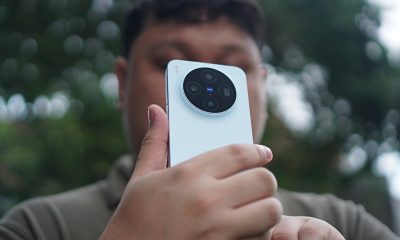
 Reviews2 weeks ago
Reviews2 weeks agovivo X300 review: The point-and-shoot I’ll always carry
-
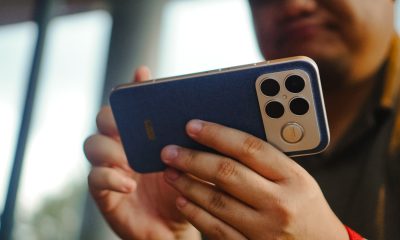
 News2 weeks ago
News2 weeks agoPOCO F8 Series: Price, availability in PH
-
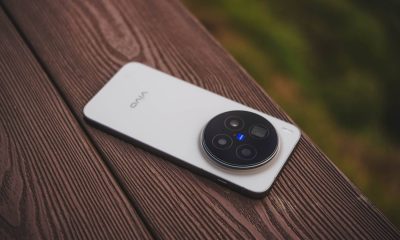
 Reviews1 week ago
Reviews1 week agovivo X300 Pro review: Going the X-tra Mile
-
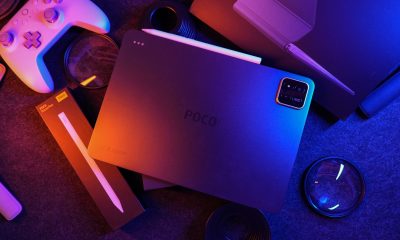
 Reviews2 weeks ago
Reviews2 weeks agoPOCO Pad X1 review: A tablet that keeps up with your day
-
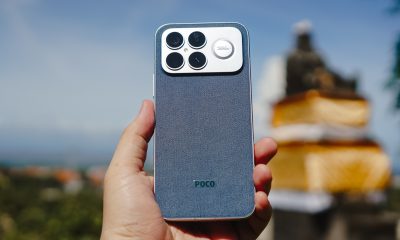
 Reviews2 weeks ago
Reviews2 weeks agoPOCO F8 Ultra review: An Achievable aspirational all-rounder
-
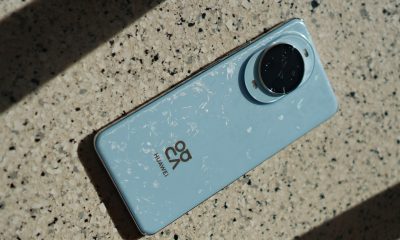
 News2 weeks ago
News2 weeks agoHUAWEI nova 14 Series, MatePad 12 X (2026) now in PH
-

 Automotive2 weeks ago
Automotive2 weeks agoI rode in a PhP 25-million Defender OCTA, and it changed how I think about luxury


